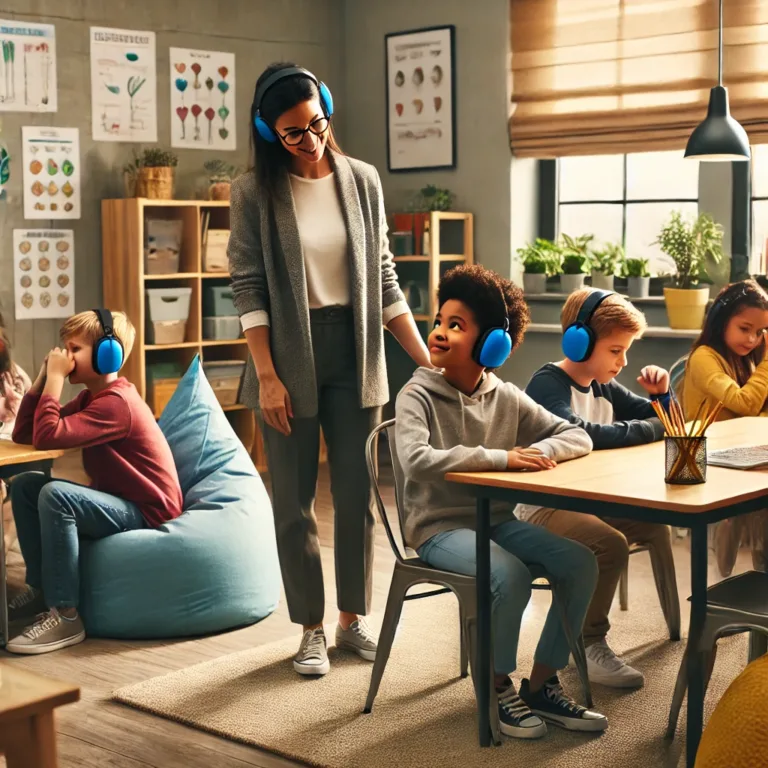No products in the cart.
Navigating the Mental Health Landscape: Adolescent Boys vs. Girls
In the journey of adolescence, a period brimming with change and growth, mental health emerges as a critical aspect of development. However, the experience of mental health issues can significantly differ between adolescent boys and girls, influenced by a complex interplay of biological, psychological, and social factors. Understanding these differences is essential for developing tailored support systems that effectively address the unique needs of each gender.
Gender Differences in Mental Health
Recent studies highlight a concerning trend: girls report higher rates of anxiety and depression compared to their male counterparts. This discrepancy is often attributed to a variety of factors, including hormonal changes, social pressures, and differences in coping mechanisms. For instance, girls are more likely to internalize their emotions, leading to conditions like depression and anxiety. Boys, on the other hand, tend to externalize, manifesting in behavioral issues and substance abuse.
Impact of Social Media
The digital age has introduced social media as a double-edged sword in the lives of adolescents. While it offers a platform for expression and connection, it also presents challenges that can exacerbate mental health issues. Girls, in particular, face immense pressure from social media concerning body image and appearance, contributing to increased levels of anxiety and depression. Boys, although less affected by body image issues, still face cyberbullying and social isolation, impacting their mental well-being.
Access to and Seeking Mental Health Support
A significant barrier to mental health support for adolescent boys is the stigma surrounding mental health discussions. Societal expectations often discourage boys from expressing vulnerability, leading many to suffer in silence. Girls are generally more open to discussing their feelings and seeking help, but they too encounter barriers, including lack of access to gender-sensitive mental health resources.
Strategies for Support
To bridge the gap in mental health support for adolescent boys and girls, a multi-faceted approach is required. Schools and communities need to foster an environment where mental health discussions are normalized, and gender stereotypes are challenged. For boys, creating safe spaces where expressing emotions is encouraged can be transformative. For girls, addressing the pressures imposed by social media and society regarding appearance and behavior is crucial.
Programs that offer gender-specific support, acknowledging the unique challenges faced by boys and girls, can significantly improve mental health outcomes. Additionally, parents and educators play a pivotal role in recognizing the signs of mental health issues and facilitating access to professional help.
Conclusion
The mental health landscape for adolescent boys and girls is marked by distinct challenges and needs. By understanding these differences and implementing targeted support strategies, society can pave the way for a healthier, more resilient generation. Embracing open discussions about mental health, challenging societal norms, and providing accessible, gender-sensitive support are key steps in navigating the complex terrain of adolescent mental health.
Sources:
- The American Psychological Association: Offers insights into gender differences in adolescent mental health.
- The National Institute of Mental Health: Provides data and resources on mental health conditions affecting adolescents.
- The Journal of Adolescent Health: Features research on the impact of social media on adolescent mental health.



